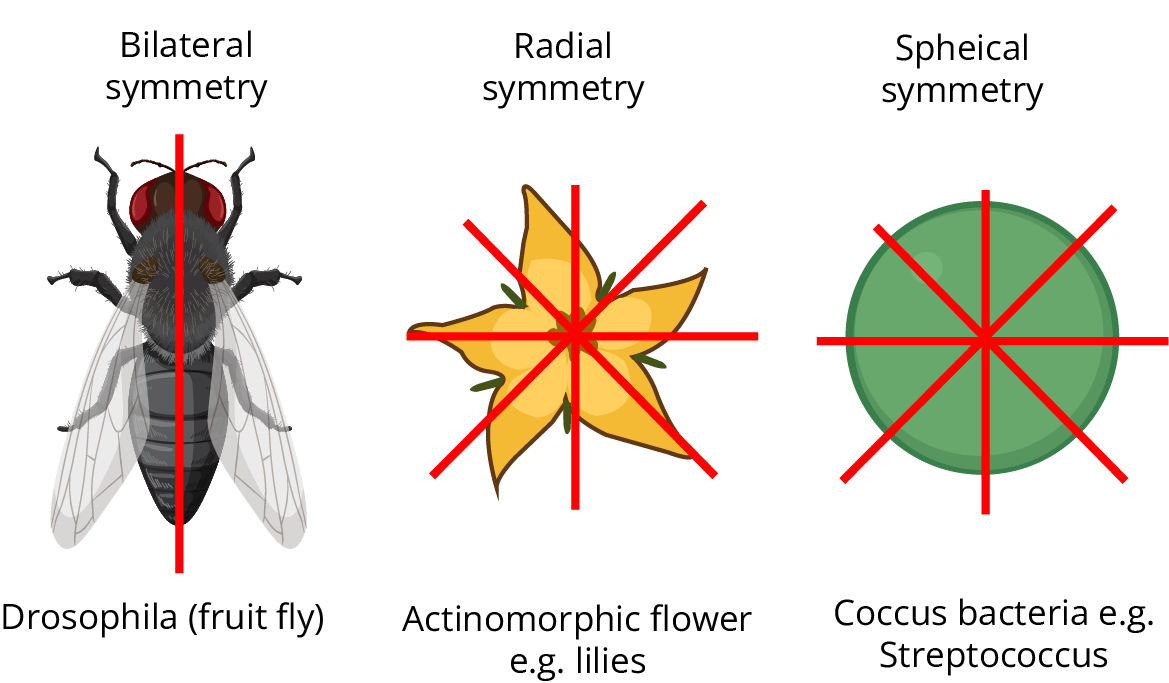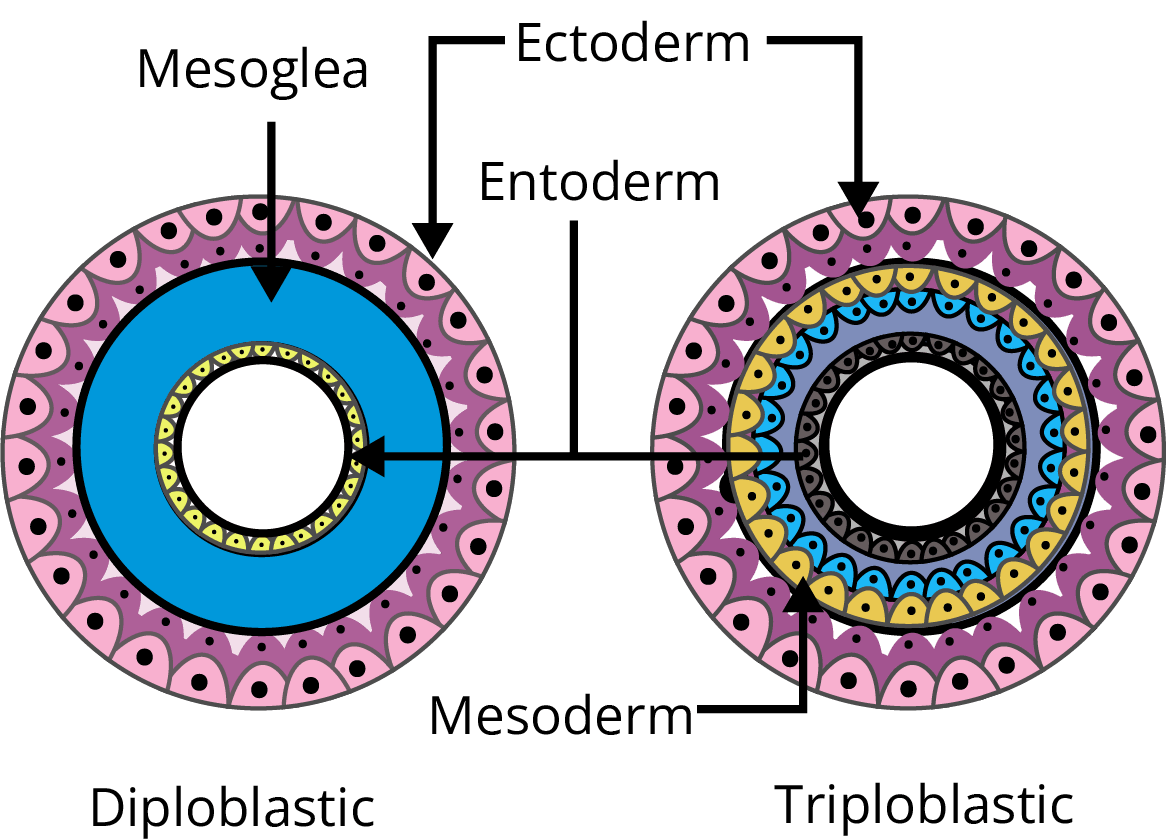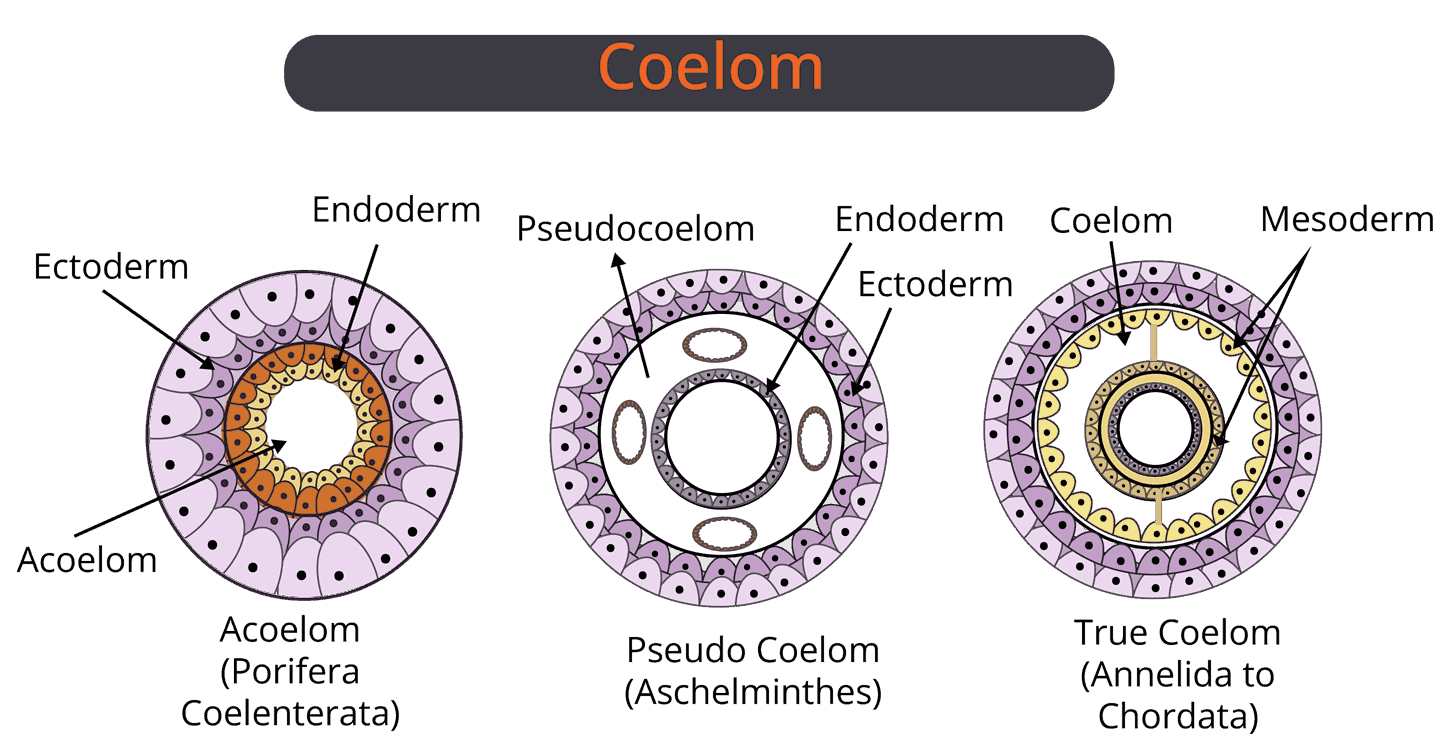




NEET 2022: Notes and Important Questions on Animal Kingdom
NEET 2022 is one of the most important exam for the students who wish to study medical and become doctors. But, while preparing for NEET 2022, they will need a lot of guidance and information. This article is created keeping NEET 2022 aspirants in mind. It contains notes and important questions related to the animal kingdom and it will be great for last-minute revision.
It covers all the important concepts such as body symmetry, segmentation and metamerism, characteristics of different phyla, classes and their examples, etc. These concepts are short, crisp and important for NEET. Along with this, it contains FAQs regarding the NEET exam.
Important Topics of Anatomy of Flowering Plants
Level of organisation
Body symmetry
Coelom
Classification of animal kingdom
Important Concepts
Basis of Classification
Animals are classified on the basis of their coelom, body symmetry, digestive system, circulatory system, and reproductive system patterns among other factors.
Level of Organisation
1. Cellular Level- The body consists of many cells which may be similar or show minor division of labour e.g., sponges.
2. Tissue Level- The cells form poorly defined tissues, e.g., Cnidarians (= Coelenter-ates), and ctenophores.
3. Organ Level- Tissues are grouped together to form organs, e.g., Platyhelminthes.
4. Organ-System Level- The cells are organised into tissues, tissues into organs and organs into organ systems, e.g., Aschelminthes to chordates.
Digestive System
It can be incomplete or complete.
(1) Incomplete Digestive System- In this type of digestive system, there is only a single opening to the outside of the body that serves as both mouth and anus. This type of digestive system is present in Platyhelminthes.
(2) Complete Digestive System- In this type of digestive system there are two openings, the mouth and anus.
(i) Protostomes- The mouth of the digestive tract develops first in the embryo and the anus is formed later. This occurs in flatworms, roundworms, annelids, molluscs and arthropods.
(ii) Deuterostomes- The anus of the digestive tract develops first in the embryo and the mouth is formed later. This is seen in echinoderms, hemichordates and chordates. As a result, chordates are closer to echinoderms in terms of evolution.
Circulatory System
It is also of two types:
(1) Open Type- In this, the blood is pumped out of the heart and the cells and tissues are directly bathed in it. Examples: Arthropods and Molluscs.
(2) Closed Type- In this, the blood is circulated through a series of vessels of different diameters (arteries, veins and capillaries). Examples: Many Annelids (e.g., Earthworm) and most of the chordates.
Symmetry
1. Asymmetric - When the body is not divisible into equal halves by any plane, it is called asymmetric. For example; sponges.
2. Radial Symmetry - In this type of symmetry, the body of the individual can be divided into equal halves by any plane passing through the centre from top to bottom. This type of symmetry is found in some sponges (Sycon), cnidarians (e.g., Hydra, jellyfish), and echinoderms (e.g., starfish).
The radial symmetry is called biradial symmetry when the body may be divided into two similar halves by only one or two vertical planes. For example; Sea anemones.
3. Bilateral Symmetry - The body can only be divided into two equal halves by a single plane in this type of symmetry because the essential body organs are paired and occur on opposite sides of a central axis. Many invertebrates and all vertebrates have bilateral symmetry.
4. Spherical Symmetry - In spherical symmetry, an organism can be cut from any plane and even then it will be able to divide into two equal halves. For example; Volvox

Body Organisation
Diploblastic - When two germinal layers i.e,. Ectoderm and endoderm are present in an organism, the animals are called diploblastic. An undifferentiated layer, mesogloea, is present in between the ectoderm and endoderm. For example; Cnidarians
Triploblastic - When three germinal layers i.eEctoderm, mesoderm and endoderm are present in an organism, the animals are called triploblastic. Such animals are known as triploblastic animals. For example; Platyhelminthes.
These germinal layers form the body of the animals.

Segmentation
It is the division or differentiation of the body into distinct portions called segments. It is of two types:
1. Metameric Segmentation
External divisions correlate to internal divisions in this type of segmentation. We can see this in Annelida, Arthropoda and Chordata.
The body is often divided both externally and internally into a number of segments (metameres) e.g., annelids.
Segmentation is mostly external in arthropods and mainly internal in humans and other chordates.
2. Pseudometamerism
In tapeworms, this type of segmentation is found.
The proglottids are budded off from the neck and are not of embryonic origin hence, this segmentation is called pseudometamerism (pseudosegmentation).
It is external only, the body is not internally divided.
Coelom
The cavity which is lined by mesoderm is called coelom.
1. Acoelomates
Animals that lack a coelom are known as acoelomates. For example; Sponge, cnidarians, ctenophores, and flatworms.
2. Pseudocoelomates
The mesoderm is present as scattered pouches in between the ectoderm and endoderm. Such a body cavity is called pseudocoelom and animals possessing them are called pseudocoelomates. For example; Roundworms.
3. Coelomates
The animals which possess true coelom are called coelomates. The true coelom is a body cavity that arises as a cavity in the embryonic mesoderm. In this case, the mesoderm of the embryo provides a cellular lining called the peritoneum. For example; Annelida Arthropoda Mollusca Echinodermata Hemichordata Chordata.

Notochord
Animals are classified as non-chordates or chordates based on their notochord.
In non-chordates, the notochord is absent.
Chordates have notochords, at least at some point during their lives.
Classification of Animals
Non-Chordata
Chordata
It is divided into subphylum Urochordata, Cephalochordata and Vertebrata
Vertebrata
Solved Examples From the Chapter
1. The types of cells found in some animals are listed below. Which of the following cells has the ability to differentiate and perform multiple functions?
a. Choanocytes
b. Interstitial cells
c. Gastrodermal cells
d. Nematocytes
Ans: b. Interstitial cells
Interstitial cells are reserve cells that can differentiate into any form of cell. Stinging cells are employed for both offence and defence. The gastrodermis is lined with gastrodermal cells and intracellular digestion occurs within these cells. Cnidarians have all of these cells. In sponges, choanocytes, also known as collar cells, are specialised flagellated cells that border the spongocoel and canals.
Key Point to Remember:
Interstitial cells are also called totipotent cells.
Stinging cells are also called nematocysts.
2. Which of the following animal pairings has skin that isn't glandular?
a. Snakes and frogs
b. Chameleon and Turtle
c. Pigeon and Frog
d. Crocodile and Tiger
Ans: b. Chameleon and Turtle
Amphibians have glandular skin, which means they have glands on their skin to keep it moist. In mammals, these glands include sweat glands and sebaceous glands. Ave's skin is dry and lacks glands, with the exception of a preen/oil gland at the base of the tail. Glands are absent in reptiles. As a result, the skin of the chameleon and turtle is non-glandular.
Key Point to Remember:
Function of an Oil Gland in Birds at the Base of the Tail - It produces the oil that is distributed on the feathers during the preening process.
Solved Problems of Previous Year Question
1. The most poisonous fish is
a. Clown fish
b. Puffer fish
c. Eel
d. Swordfish
Ans: b. Puffer fish
Puffer fish species are the most dangerous in the world, and after the golden dart frog, the second most poisonous vertebrate. The active agent, tetrodotoxin, which is found in the inner organs and frequently in the skin, paralyses human victims' muscles, allowing asphyxia to kill them.
Trick
The poison present in Puffer fish is tetrodotoxin.
2. Which of the following species is matched correctly to its named taxonomic category?
a. Tiger - tigris, the species
b. Cuttlefish - Mollusca, a class
c. Humans - Primata, the family
d. Housefly - Musca. an order
Ans: a. Tiger - tigris, the species
The scientific name of tiger is Panthera tigris
Mollusca is a phylum, not a class and cuttlefish belong to order Sepiida.
Primata is not the name of a family, it is an order of class Mammalia.
The genus name for housefly is Musca.
Trick:
Genus and species names are always written in italics.
First letter of the genus is always capitalised and the first letter of the species is always in small letters.
When handwritten, it should always be underlined and if printed then it should always be in italics.
Practice Questions
1. Flame cells are the excretory organ of
a. Annelida
b. Coelenterates
c. Platyhelminthes
d. Echinodermata
Ans: c. Platyhelminthes
The simplest freshwater invertebrates, including platyhelminthes, have a specialised excretory cell called a flame cell. Flame cells remove the waste products from the body of these animals.
Key Point to Remember: Flame cells perform the same function which the kidney does in mammals.
2. Phylum Porifera is classified based on
a. branching
b. symmetry
c. spicules
d. reproduction
Ans: c. spicules
Poriferans are sessile, lack true tissues and have no bodily symmetry. The presence and composition of spicules are used to classify the phylum Porifera.
Key Point to Remember: Poriferans are also known as sponges because of the presence of numerous pores on their body.
Conclusion
This article is created keeping in focus the NEET aspirants. It covers all of the major concepts and provides clear explanations of the important or complicated topics of the chapter, making it ideal for quick and successful revision. It covers key ideas, concepts, and problems from previous year's NEET question papers, as well as, NEET practice tests and Biology NCERT. Make sure to test your understanding by attempting the practice questions on your own.
NEET 2022 Important Chapter - Animal Kingdom

 Share
ShareFAQs on NEET 2022 Important Chapter - Animal Kingdom
1. Is NEET really so difficult?
NEET is, without a question, a difficult and demanding exam. We are talking about the country's single-level medical entrance examination, which attracts thousands of students and has a restricted number of places available in coveted institutions. But, right preparation makes it easy to crack.
2. What is the number of questions that are asked from Animal Kingdom in NEET?
The number of questions that come from this chapter are about 3.
3. Is NCERT sufficient for the Animal Kingdom from NEET point of view?
No, although the NCERT books are sufficient to qualify for the examination, extra books must be consulted in order to achieve a high score or rank. Moreover, your study of the books should be supplemented with practising questions from sample papers, previous year questions, etc. to stay thoroughly prepared for the exam.














 Watch Video
Watch Video
